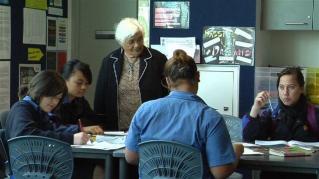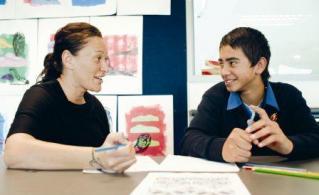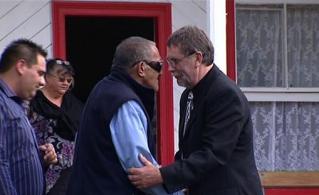Section navigation
17/12/2011
Māori secondary school teachers and professional development 1998 - 2008: 10 YEARS ON.
The report takes a thematic approach to illustrate the ways in which Te Hiringa i te Mahara has contributed to Māori secondary Teachers’ professional development.
Altogether there are 14 themes, grouped into two broad, though interrelated, categories. The first category relates to the philosophy and approach of Te Hiringa i te Mahara to the foundations underpinning Te Hiringa i te Mahara and the conditions that are prerequisites for success within the second category, the provision of effective professional development.
The foundation themes covered in the first section of the report include: providing professional development that is based on kaupapa Māori; raising teachers’ awareness of the importance of professional development; supporting teachers to take control of their professional experience; revitalising te reo; making workloads more manageable; getting schools engaged with kaupapa Māori; and developing the Māori education provider market. These are discussed in the first section, illustrated with highlights from the 2008 Survey and what teachers say about the value of Te Hiringa i te Mahara.
The effective provision themes in the second section are those established in the research literature as essential components for teacher professional development to lead to improved student learning. These themes include providing extended opportunities for teacher learning; engaging teachers in the learning process; creating an effective community of professionals; challenging prevailing discourses; promoting effective leadership for professional development; focusing on the links between teaching and learning; and using assessment of student progress to improve teaching. The themes are illustrated with the voices of teachers and the findings from the 2008 Survey.
THM 10yr report (12 MB)
Filed under: Identity Language and Culture | Research & evaluation





